Images: Christophe Bailhache (left) ; Richard Vevers (right)
Written for Virgin Unite 9 June 2016
Our team has seen more of the Great Barrier Reef than virtually anyone. In 2012, with our scientific partner The University of Queensland, we carried out the most comprehensive survey of the reef that has ever been conducted.
Using our specially developed 360-degree cameras mounted on underwater scooters we photographed the reef on an unprecedented scale as the first part of our global survey of coral reefs (XL Catlin Global Reef Record). I fell in love with the reef on those expeditions, especially the northern section, one of the wildest places on Earth.
Unfortunately the Great Barrier Reef has been hitting the global headlines recently. The Third Global Coral Bleaching Event has impacted most of the 2400 kilometres of reef and has devastated the pristine Far Northern Management Area – scientists have estimated 50 per cent of the corals there have died. Many media reports have overstated the facts about the bleaching regarding the reef as whole, but even the most conservative estimates of the impact still rank it as one of the worst environmental disasters in Australian history. I know that’s true because I witnessed it first hand. We were there, at the epicentre of the bleaching at its peak and we recently returned to see if the corals had recovered or died. What we saw was the most disturbing sight I have ever seen underwater.
When we entered the water at Lizard Island, we were shocked. The hard coral had almost all died and it looked like it had been dead for years even though we had photographed it during the bleaching six weeks earlier. Most of the soft coral was still there, but it was decomposing and in places, literally dripping off the reef. It was a challenging sight, one I hope I never have to witness again. What was even more confronting was the smell. When we returned to the boat after the dive, we stank of rotting corals. There was absolutely no escaping the fact that this was not just a beautiful environment dying – it was animals dying on a monumental scale.
So what was it that caused these animals to die on such a scale and what can be done about it? Corals, given time, are remarkably good at adapting to cope with their local environment – they are finely tuned to cope with the natural fluctuations in temperature, even temperature spikes in El Nino years. However global warming has upset the system – a staggering 93 per cent of climate change heat is absorbed by the ocean and the most vulnerable ecosystems like coral reefs are paying the price. They are no longer able to cope with normal peaks in temperature, they simply haven’t been given the time to adapt to the new conditions. Huge numbers of corals have bleached and died globally (their colourful flesh turns transparent, revealing their bright white skeletons – a process which results in the animal starving). The first global bleaching event happening as recently as 1998, the second was in 2010 and we already have the third event – the longest and potentially most severe bleaching event of the three.
The bad news for the Great Barrier Reef is the worst is yet to come. We are committed to about a quarter of a century of increasing ocean temperatures as a result of carbon emissions already in the system. That means that bleaching events will become ever more frequent and will, most likely, increase in intensity over the coming years. This is on top of huge local pressures like water quality issues caused by coastal development. Can we save the Great Barrier Reef? I believe we can, if at this critical moment in time, we do everything we can to protect it from local stresses so it can better cope with the inevitable onslaught of bleaching events and powerful storms. Saving enough of the reef so that it can slowly re-seed itself and recover over time.
But that strategy will only buy us time. We must also keep to the internationally agreed targets for global warming set at COP21 if the reef is to have any chance at all. The bleaching of the Great Barrier Reef is the biggest wakeup call yet, that dangerous climate change is upon us – hopefully the plight of this global wonder can be turned into inspiration… the inspiration we need for the world to act.

